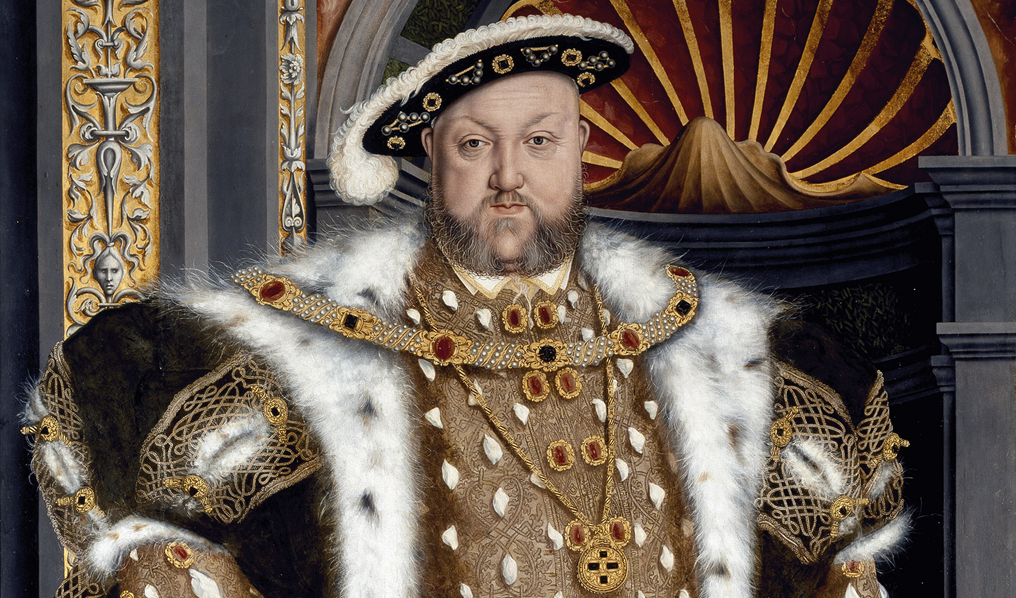Unit 13: Before and during the Rise of the Nation-States (1000s-1600s) Overview
Unit 13: Before and during the Rise of the Nation-States (1000s-1600s)

Unit 13: Before and during the Rise of the Nation-States (1000s-1600s)

Unit 13: Before and during the Rise of the Nation-States (1000s-1600s)
This unit emphasizes the political situation in Europe from the end of the Middle Ages to the end of the Renaissance and the Reformation and the events and circumstances surrounding the rise of the nations and nationalism.
The nation state is a certain form of state that has a territory where mainly one nation is located. The state is a political entity (the government, etc.); the nation is a cultural and/or ethnic entity. The term 'nation state' means that the two are on the same territory, and this distinguishes the nation state from the other types of state, which existed before.
Clear examples of nation states i Iceland: although the inhabitants are ethnically related to other Scandinavian groups, the national culture and language are found only in Iceland. There are no cross-border minorities— the nearest land is too far away. Japan: Japan is also traditionally seen as a good example of a nation-state, although Japan includes minorities of ethnically distinct RyÅ«kyÅ« peoples, Koreans, Chinese, and on the northern island of HokkaidÅ, the indigenous Ainu minority; see also Japanese Demographics . Portugal: although surrounded by other lands and people, the Portuguese nation has occupied the same territory for almost 900 years. A long time ago, Portugal was formed from groups of people that used to be separate. They all passed through and settled in the area that later became Portugal. They include: native Iberian peoples, Celts, ancient Mediterraneans (Greeks, Phoenicians, Romans), Germanic peoples like the Suebi and the Visigoths, invading Berbers and Arabs, and Jews.
Characteristics of the nation-state
- They have a different attitude to their territory, compared to the dynastic monarchies. No nation would swap territory with other states simply, for example, because the king's daughter got married.
- They have a different type of border, mostly defined by where the cultural/ethnic (nation) group settles, but many nation states have also had borders based on geography like rivers and mountain ranges.
- The most noticeable characteristic is how much nation-states use the state as an instrument of national unity in economic, social and cultural life.
Unit Focus
- political climate in Europe during this period
- how nations shared characteristics and maintained differences
Vocabulary
Lesson Reading
Videos and Interactives (Click on Images to View Content)

